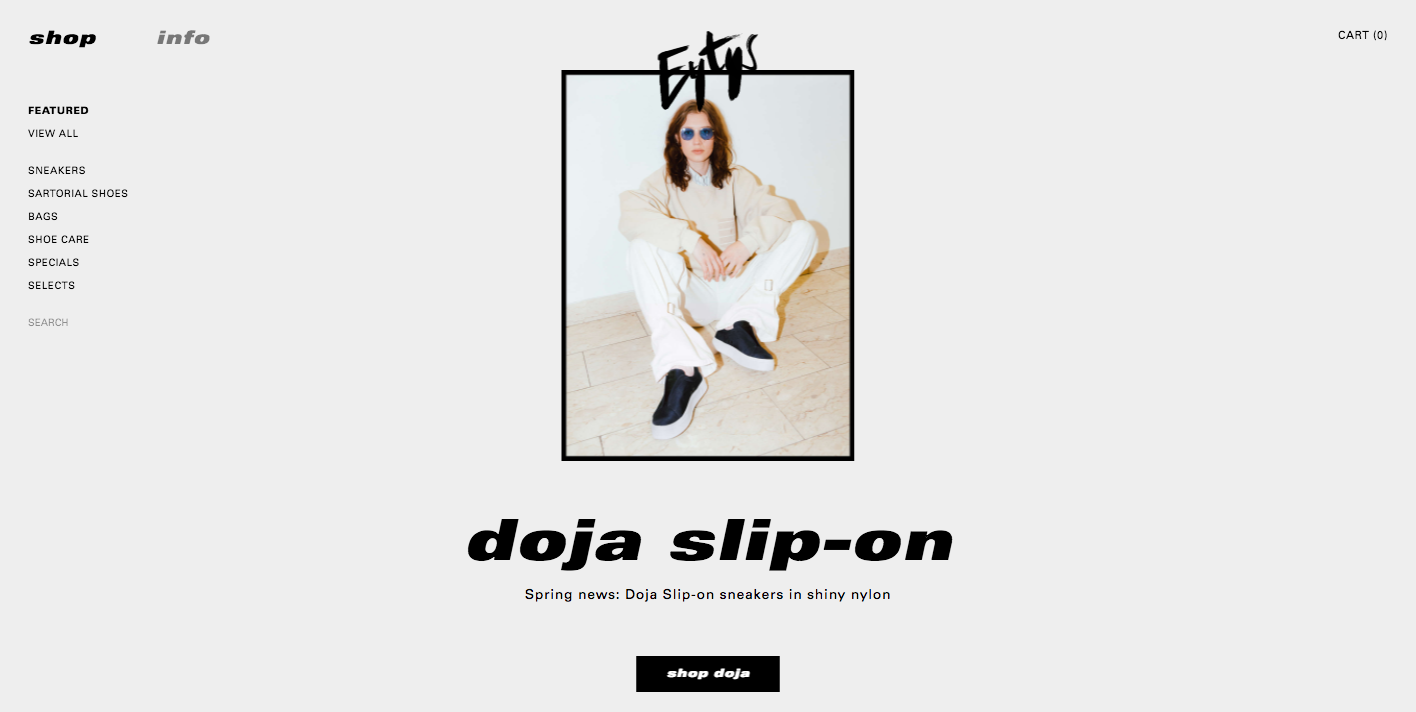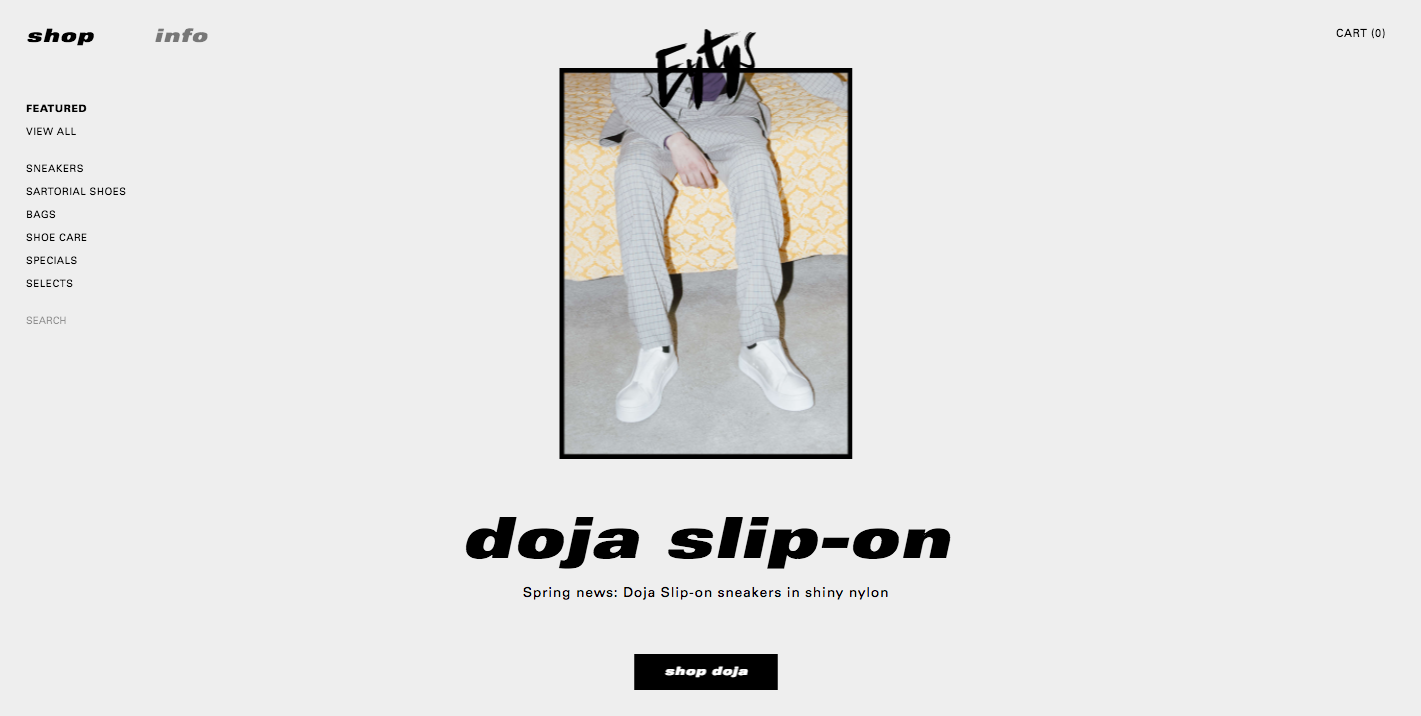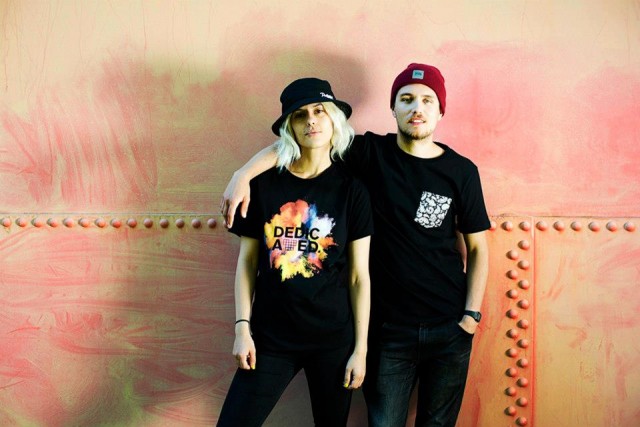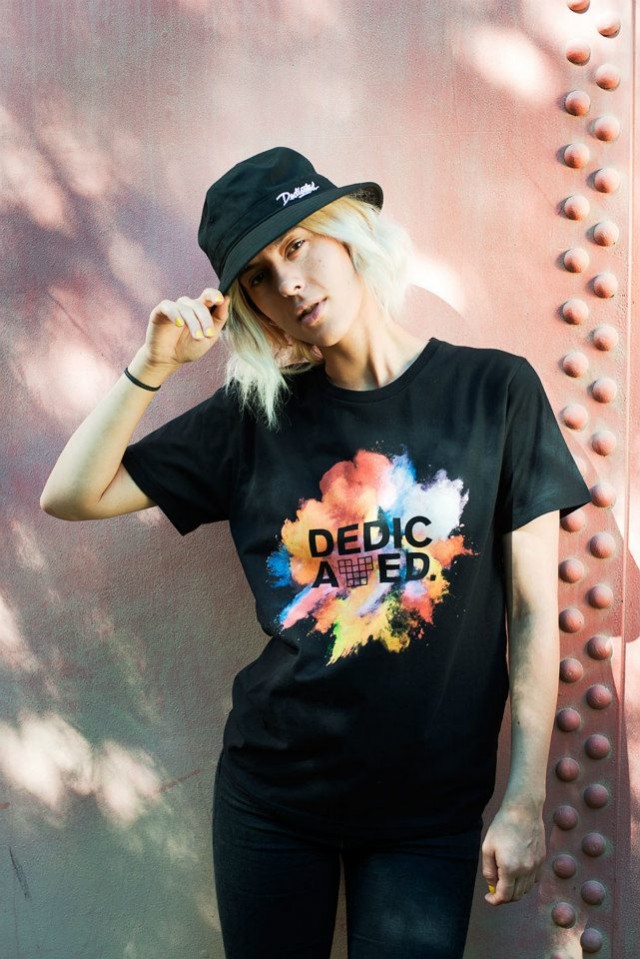Posts in Category: Work
Introducing: sad communication
It’s official! Since end of last year have my own company called very sad communications. sad communication (in short, just sad) summarises me pretty well. It’s emo, a little silly and also abbreviates my full name Sara Domeij. Despite the company name, I am both skilled and professional and will mainly do e-commerce stuff and all things related. Don’t hesitate to get in touch if you want to collaborate on something fun or need my help. This space on the internet will remain for now, but don’t forget to pay a visit to sad communication every once in a while, it’s still in progress but soon enough I will update it with some cool cases. Until then, we’ll always have Linkedin.
xoxo
very sad communications
From 2019, I will be consulting as a freelance e-commerce manager and digital strategist but my business is already up and running. It’s called very sad communications (in short: sad). Just like me. Jk lol. More info coming soon. xx

Eytys
Doing some really cool and fun work now for the Swedish sneaker brand Eytys at the moment. I’ve helped launch their new website that went live yesterday, so I know I’m partial but look at it? It’s gorgeous.
Internetworld
A few weeks ago Emelie Fågelstedt wrote a piece for Internetworld about online shopping behaviours, and how Sweden based companies can fit on a global market, with much more competition. I said a few things on it (but it’s in Swedish). Here you can read the full piece!
A little visit at Stutterheim
Working as a web manager for a single brand is most often a quite lonely position, which is why it’s nice to come out and meet other people in the industry. You learn that you often struggle with the same issues, although you have completely different brands, customers and markets. This is why I reached out to Stutterheim‘s e-commerce manager Diego, because they have done some really amazing work. He replied almost instantly (as us online people tend to do) and yesterday I paid them a visit at their amazing office in Sofia, Södermalm. It turned out to be a really nice, exciting meeting and I learned a lot. It’s so easy and so rewarding, and all it took was an email and two chocolate chips cookies from Fabrique.
Dedicated AW15
Dedicated shared some fresh new photos on Facebook the other day from the upcoming AW15 collection and it’s just awesome. Not to mention this girl. Can’t get over how bad-ass gorgeous she is.
All items available at Tshirt Store obvi.
ECPAT Sweden
ECPAT Sweden is a non-governmental organization dedicated to ending the commercial sexual exploitation of children. It primarily focuses on stopping three main forms of sexual exploitation: child pornography, child prostitution and the trafficking of children for sexual purposes. A few months ago I was voted in as a member of Ecpat Sweden’s medial advisement board. On voluntary basis, I’ve been providing their in-house Digital Marketing Team with expertise within digital content and design.
Today they released their brand new website, a complete re-design and a fully responsive web. Their work is so important and I’m super happy to have been (a little) part of it. Visit ECPAT Sweden and find out what you can do.
Gram Shoes

I’ve started starting working on a new project with Swedish sneaker brand Gram Shoes. I will work with their online presence to drive traffic and increase conversions and hopefully find new customers along the way. So far it’s been super fun.
Results of a re-design
So, there’s been a few months since we released the new Tshirt Store Online so I thought I’d share some results (compared to last year):
1. Orders: +300%
2. AOV: +23%
3. Conversion Rate: +1%
4: Revenue: +375%
Great numbers, but a re-design still won’t do the job for you though. To succeed you need to drive relevant traffic, optimize landing pages and not to mention: create and update great content.
New launch: Tshirt Store Online
This is what I’ve been working on lately: a re-design of Tshirt Store online. The objective was to increase online sales which came down to three main things: simplify the navigation and click-to-purchase, product display, filtering and the checkout. Before it was complete chaos, but now the design is really simple and quite neat. Check it out and go get some tees.
What I’ve been doing lately.

More info coming very soon. I hope.
SEO Q&A by Practical E-commerce
Practical E-commerce just posted an article and Q&A for Google’s new algorithm, including what you can do between now and April 21. Read their full post here!





